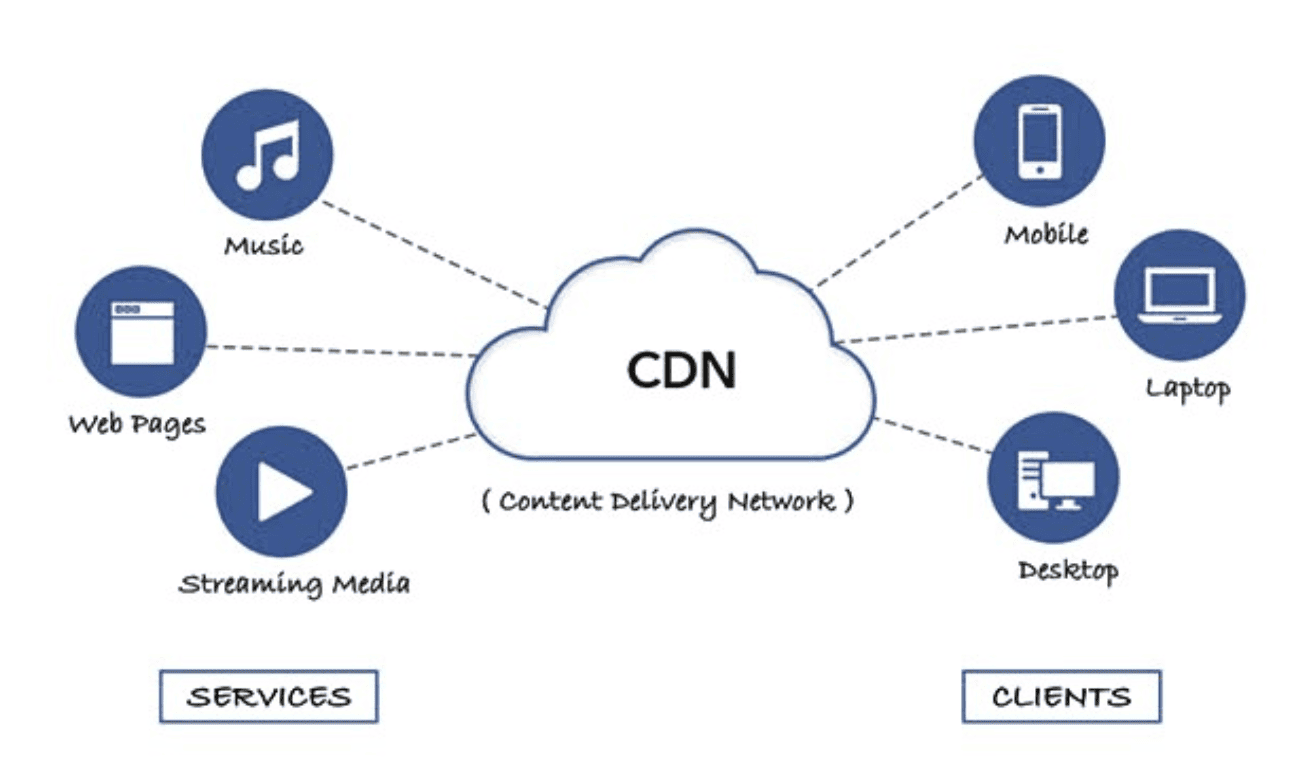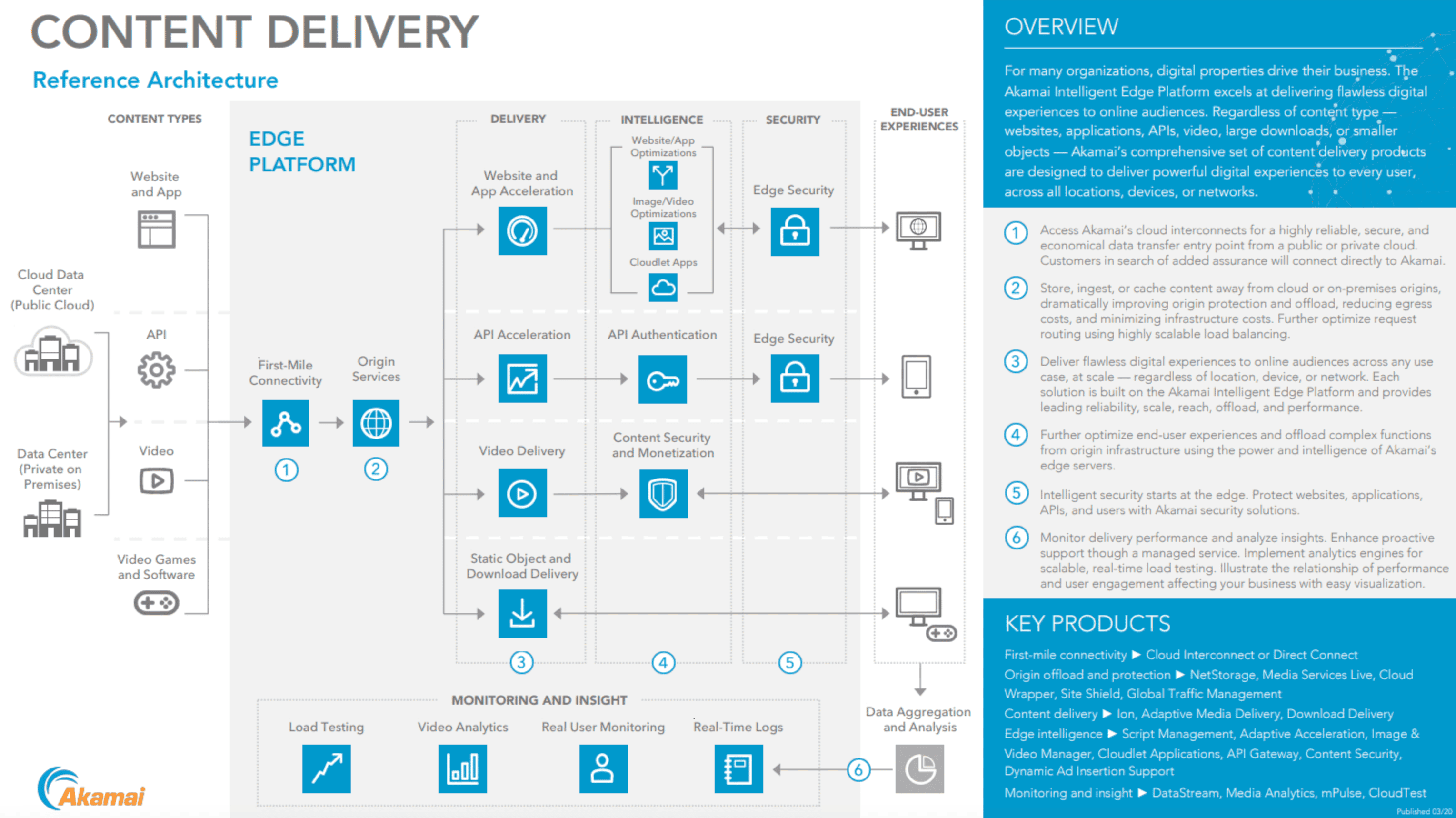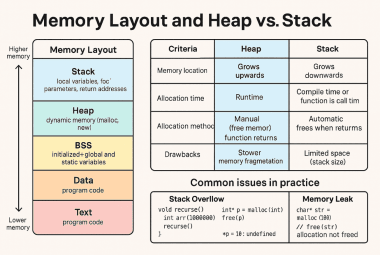2 min to read
What is CDN? (Content Delivery Network)
A comprehensive guide to Content Delivery Networks and caching strategies

Overview
Today, we’ll explore Content Delivery Networks (CDN), a crucial technology for optimizing web content delivery across the globe.
What is CDN?
A Content Delivery Network (CDN) is a geographically distributed network of servers designed to:
- Deliver web content from locations closer to users
- Improve loading speeds and reduce latency
- Cache content at various Points of Presence (PoP)
- Serve static files like images, videos, and web pages efficiently
Popular CDN providers include Akamai and AWS CloudFront.
Understanding Caching
- Stores static data copies locally
- Reduces server requests
- Saves time and resources
- Perfect for static files (images, CSS, JavaScript)
Content Types
Static Contents
- Same data regardless of user/region
- Easily cacheable
- Examples: images, CSS files, JavaScript files
Dynamic Contents
- Data varies based on user/region
- Requires special caching strategies
- Examples: personalized content, real-time data
CDN Caching Methods
1. Static Caching
- Pre-copies content to cache servers
- Always serves from cache
- Ideal for unchanging content
2. Dynamic Caching
- Caches on first request
- Pulls from origin when needed
- Content may expire and be removed
How CDN Works
- First Request:
- Browser requests content
- Origin server provides content
- CDN caches the content
- Subsequent Requests:
- Browser requests content
- Nearest CDN server responds
- Faster response times
CDN Architectures

PoP (Point of Presence)
- Connection points between networks
- Access points for internet connectivity
- Distributed globally for better coverage
Push vs Pull Methods
- Content actively pushed to PoPs
- Requires manual updates
- Faster content delivery
- Lower error probability
- Content pulled on demand
- Easier initial setup
- Resource efficient
- May have slower first access
Architecture Types
1. Scattered Architecture:
- Multiple low-spec servers
- Minimized physical distance
- Lower latency
- Higher maintenance costs
2. Consolidated Architecture:
- Few high-capacity servers
- Cost-effective
- Better security
- More complex deployment


Comments